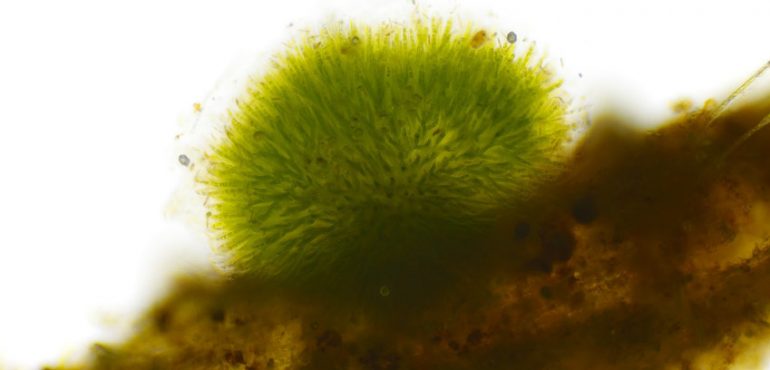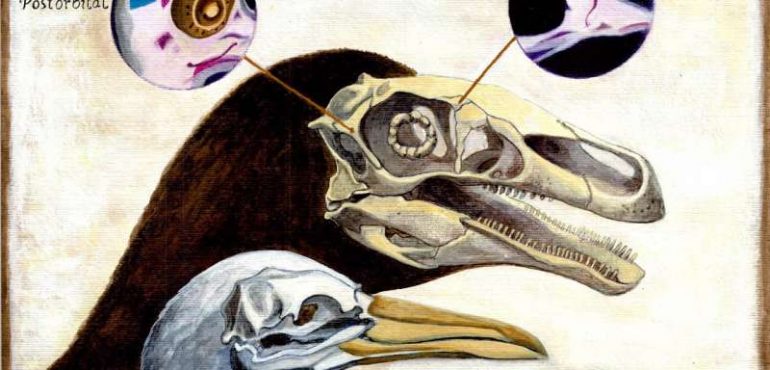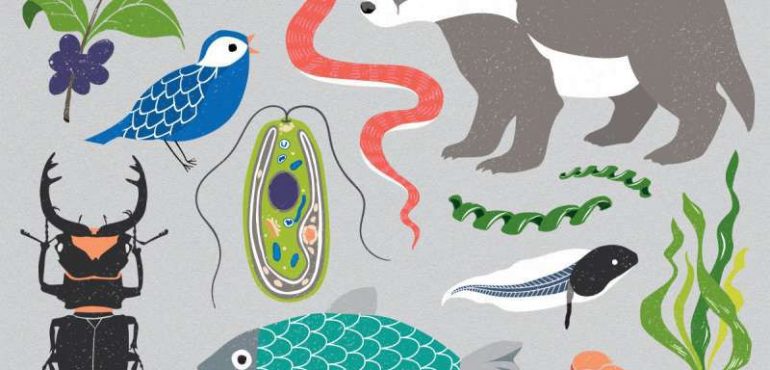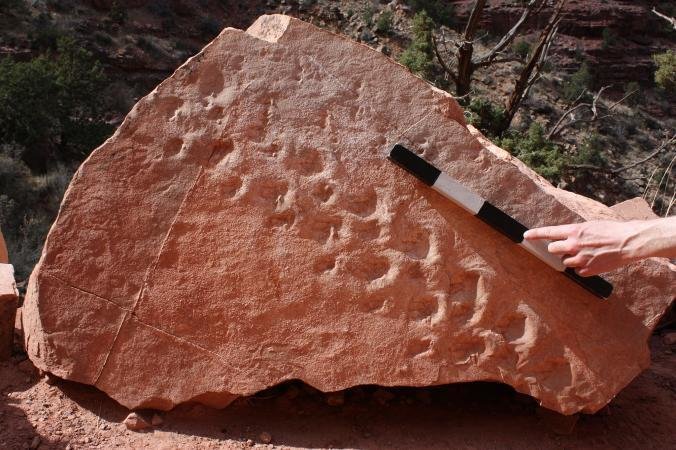University of Otago researchers have discovered information about a gene that sets primates -- great apes and humans -- apart from other mammals, through the study of a rare developmental brain disorder. Dr Adam O'Neill carried out the research as part of his PhD at the University of Otago, under the supervision of Professor Stephen…
Read more
What sets primates apart from other mammals?










